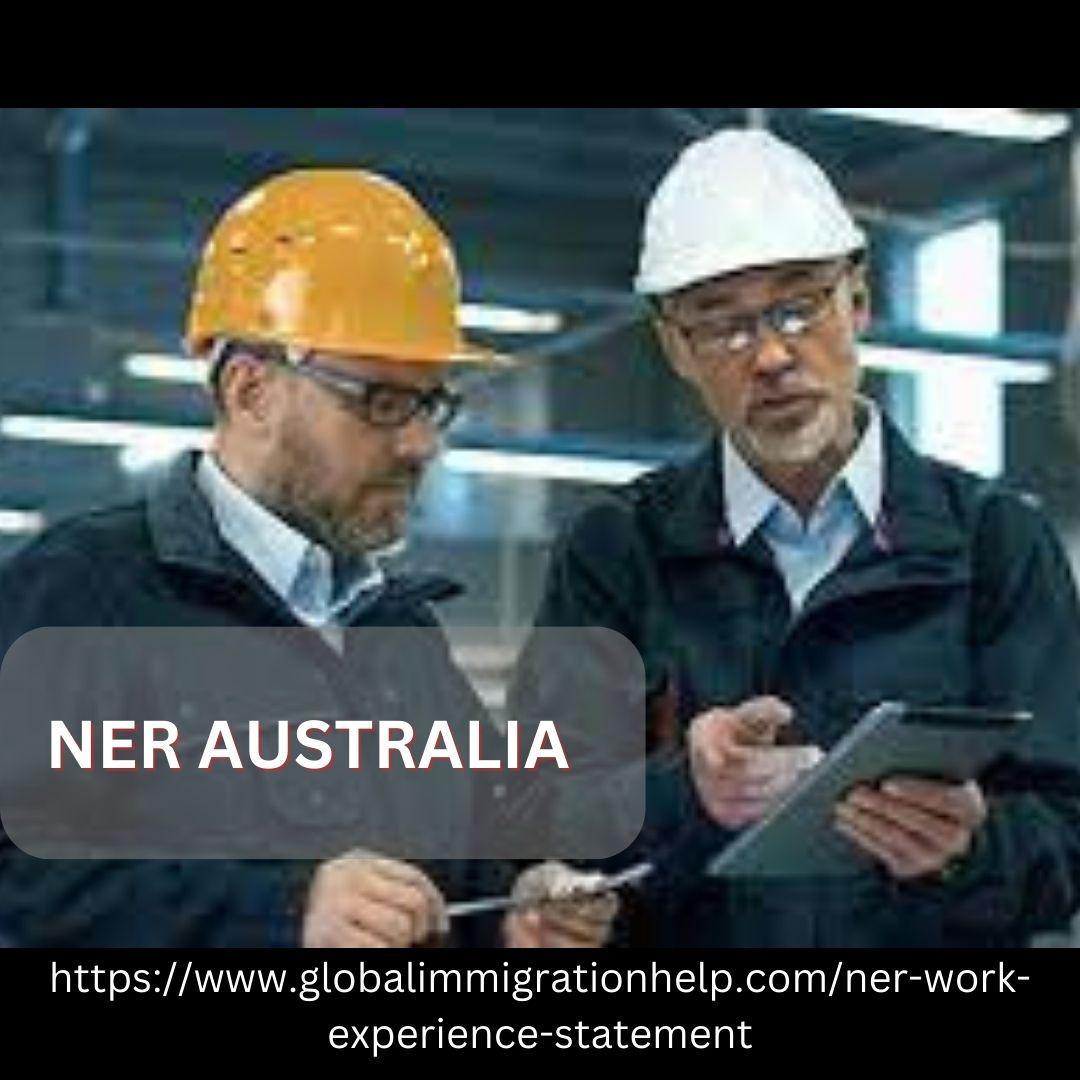What is NER in Australia? Exploring How NER Work Experience Statement Works

In Australia, the National Engineering Register (NER) serves as a platform for recognizing the qualifications and professional competence of engineers. As part of the registration process, engineers are required to submit a Work Experience Statement (WES) that highlights their practical experience and demonstrates their competency in the engineering field. This article aims to explore the significance of NER and delve into the workings of the Work Experience Statement.
Understanding NER
Australia's top engineering professional organization, Engineers Australia, is in charge of the National Engineering Register (NER), a database. NER plays a crucial role in acknowledging and promoting the competence of registered engineers. It allows individuals to showcase their qualifications, experience, and commitment to professional development.
The Importance of Work Experience Statement
The Work Experience Statement (WES) is a fundamental component of the NER application process. It provides engineers with an opportunity to demonstrate their practical experience and expertise in their respective engineering disciplines. The WES showcases an engineer's project involvement, technical skills, problem-solving abilities, and leadership capabilities.
The WES requires engineers to provide comprehensive details about their work history, including project descriptions, specific tasks undertaken, and the outcomes achieved. It is crucial to align the experience mentioned in the WES with the relevant occupational category within NER Australia. Engineers should focus on highlighting their achievements and how they meet the competency standards established by Engineers Australia.
Process and Tips for Preparing the Work Experience Statement
When preparing the Work Experience Statement, engineers should carefully review the guidelines provided by Engineers Australia to ensure compliance. Some key tips to consider include:
Organize and Structure: Clearly outline the projects or positions held, providing concise descriptions of each role and the tasks undertaken. Emphasize the engineering aspects, challenges faced, and results achieved.
Demonstrate Competencies: Explicitly link your experience to the required competencies outlined in the occupational category you are applying for within NER. Provide specific examples of how you have demonstrated these competencies.
Use Action Verbs: Utilize strong action verbs to describe your tasks and responsibilities, such as "managed," "designed," "implemented," or "oversaw." This adds clarity and impact to your statements.
Quantify Achievements: Whenever possible, include quantifiable outcomes to showcase the impact of your work. This could include project budgets, timelines, cost savings, productivity improvements, or safety enhancements.
Review and Refine: Take the time to review and edit your Work Experience Statement thoroughly. Ensure it is well-structured, concise, and free from grammatical errors. Consider seeking feedback from colleagues or mentors to enhance its quality.
The Work Experience Statement plays a vital role in the NER Australia registration process in Australia. By carefully crafting a comprehensive and well-structured statement, engineers can effectively showcase their experience and competence, highlighting their eligibility for registration and professional recognition within the engineering industry.
- Art
- Causes
- Crafts
- Dance
- Drinks
- Film
- Fitness
- Food
- Games
- Gardening
- Health
- Home
- Literature
- Music
- Networking
- Other
- Party
- Religion
- Shopping
- Sports
- Theater
- Wellness
- IT, Cloud, Software and Technology


